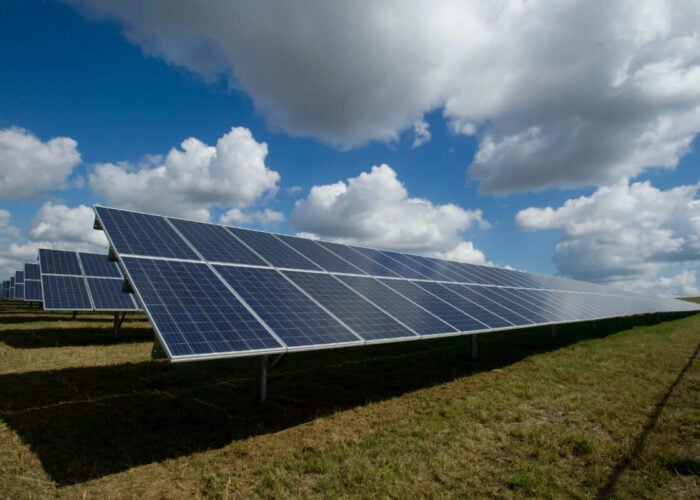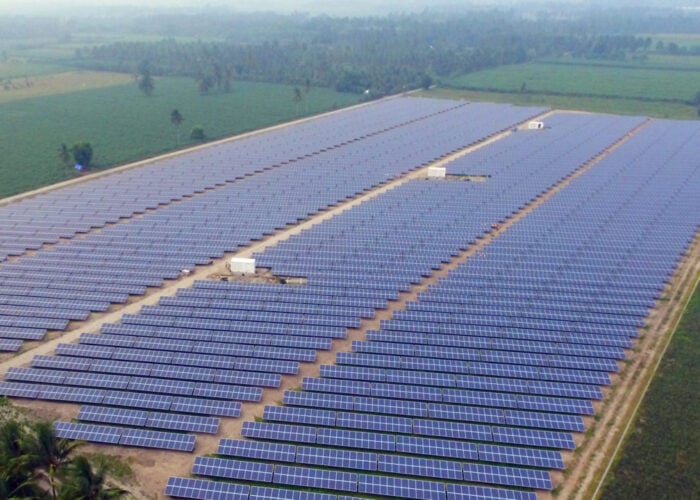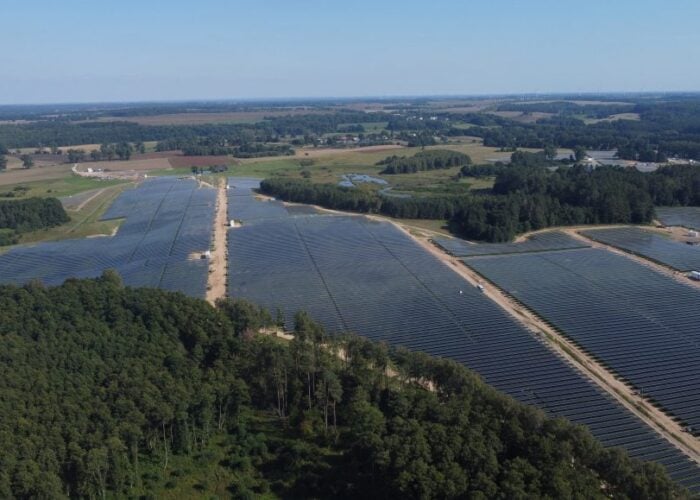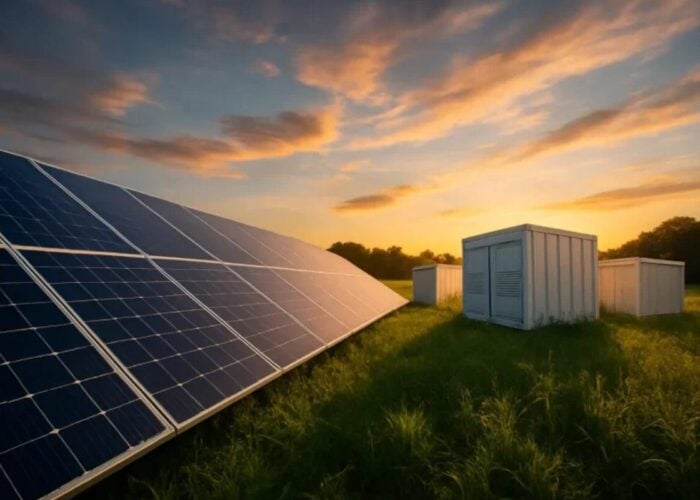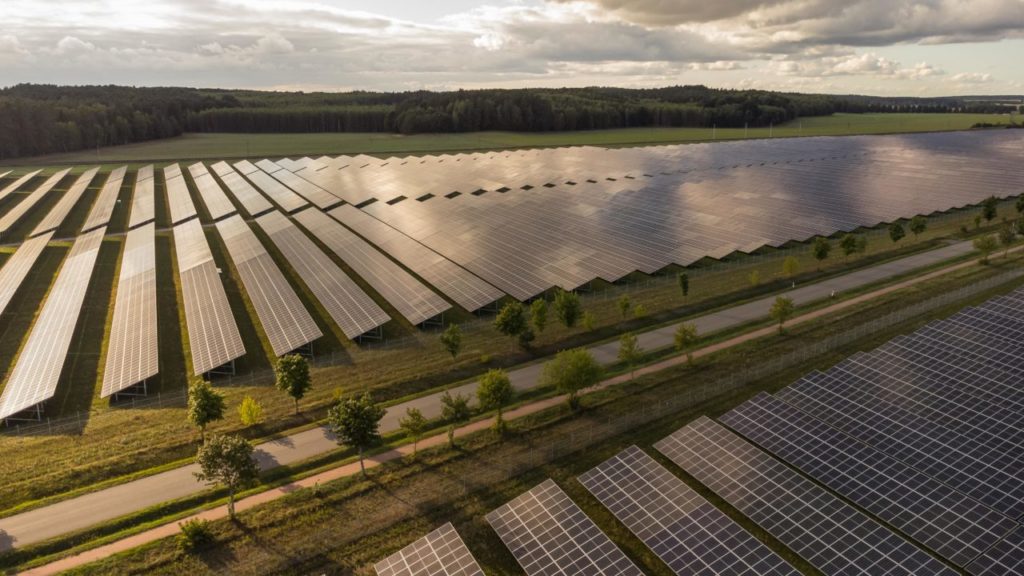
Norwegian energy company Statkraft has signed new power purchase agreements (PPAs) with Danish solar developer Better Energy to purchase energy from four solar power plants in Poland with a total capacity of 212MW.
Under a new set of PPAs, Statkraft will purchase power from Better Energy’s Krapkowice solar power plant for ten years. This solar power plant is connected to the grid and has the capacity to generate 30GWh of power annually.
Try Premium for just $1
- Full premium access for the first month at only $1
- Converts to an annual rate after 30 days unless cancelled
- Cancel anytime during the trial period
Premium Benefits
- Expert industry analysis and interviews
- Digital access to PV Tech Power journal
- Exclusive event discounts
Or get the full Premium subscription right away
Or continue reading this article for free
In addition, Statkraft has a market access agreement for two other grid-connected Better Energy solar power plants, including Helenowo and Nidzica with both of them boasting 74MW of capacity respectively.
Both companies began their partnership in 2021 with a PPA on the Resko solar power plant, which has an expected annual production capacity of 40GWh. With the new PPAs, Statkraft will offtake 150GWh of power from Better Energy solar parks in Poland.
“PPAs are seen as an important tool for increasing renewable energy production in Poland, reducing the country’s dependence on fossil fuels, while providing companies with the opportunity to purchase affordable green energy,” said Mikkel Thorup, director of PPAs at Better Energy.
Currently, Better Energy owns and operates five solar parks across Poland with a total capacity of 236MW and a development portfolio that currently stands at over 2.5GW.
Last year, PV Tech Premium reported Poland’s rise to become one of the largest solar PV markets in Europe in terms of installations. Poland updated its National Energy and Climate Plans (NECPs) in 2023 although the plan has yet to be published. Meanwhile in the NECP submitted in 2019, Poland aimed to achieve 23% of renewables in the final gross energy consumption by 2030.

